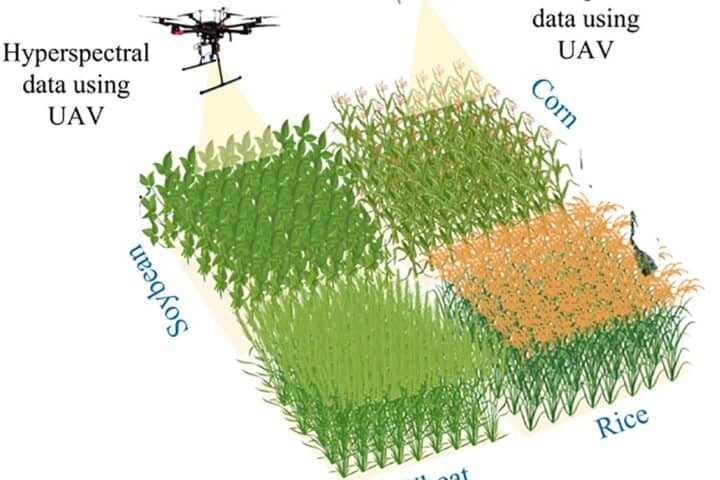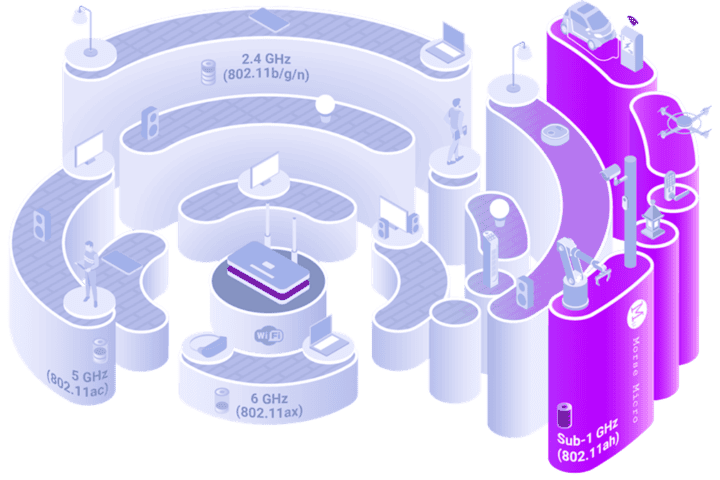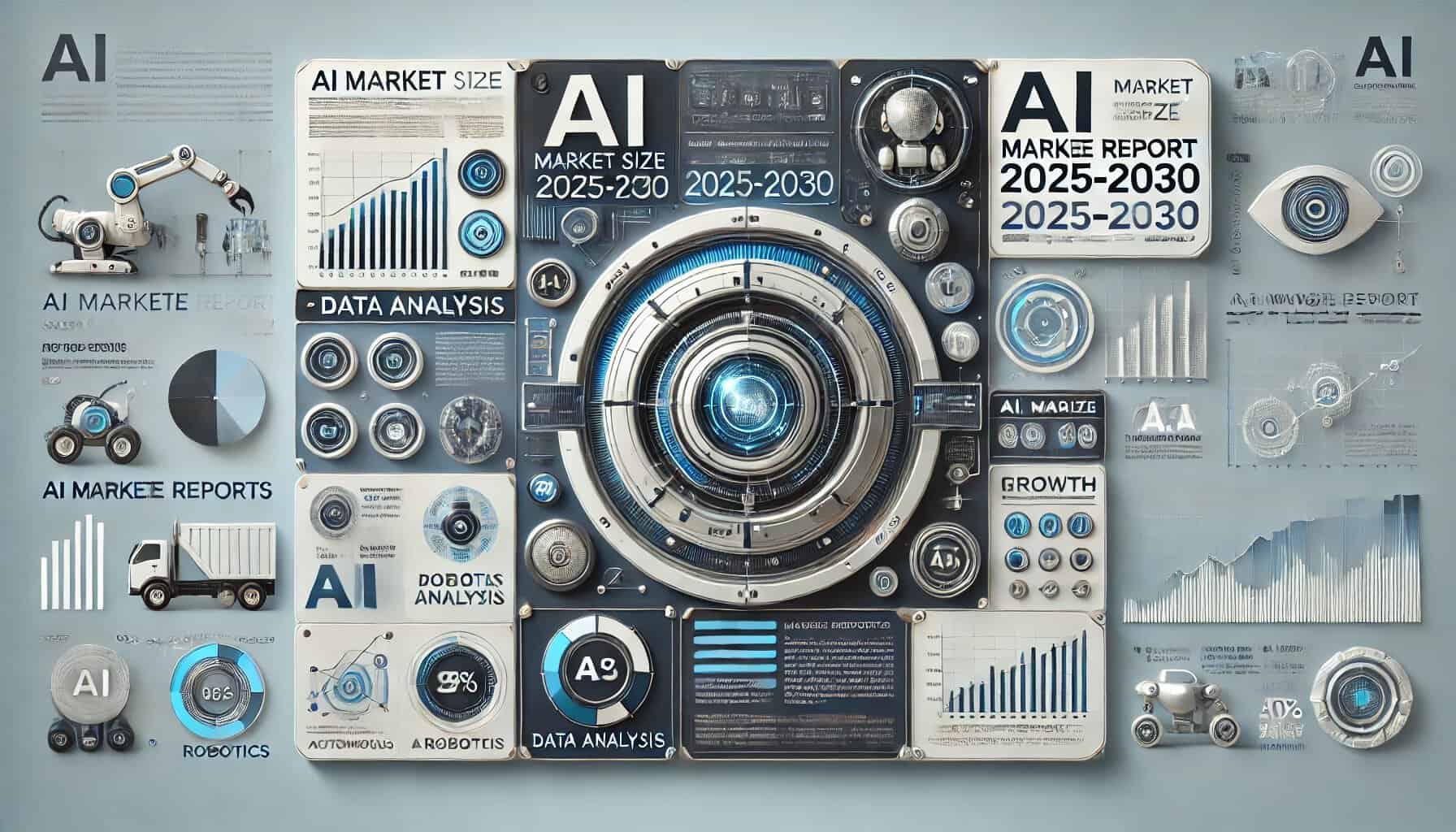Data Storytelling: effective communication between data teams and other business sectors proves challenging, despite the widespread use of data visualization tools. While 80% of businesses employ data visualization, only half of these dashboards are functional, underlining the need for more impactful communication methods. Enter data storytelling, a solution integrating context, empathy, and narrative strategies into data visualization. Drawing from historical examples like Florence Nightingale’s hygiene advocacy, data storytelling utilizes powerful narratives to convey insights effectively.
Although prevalent in marketing, data scientists often lack the soft skills for effective storytelling. Yet, with the advent of self-service analytics tools, the barrier to entry for data storytelling is lowering, making it accessible across backgrounds. Enhancing storytelling abilities involves embracing specialized tools and collaborating across disciplines. Fostering a data-literate culture within organizations is vital for implementing data-driven recommendations effectively. While visualization dashboards remain valuable, storytelling tools offer more sophisticated capabilities. Mastering data storytelling demands continuous refinement to engage and persuade diverse audiences adeptly.

Data Storytelling: Bridging the Gap Between Data Teams and Business Through Narrative Communication
Successful communication between data teams and the rest of the business has been a major roadblock. Data visualization tools can help unpick and contextualize findings to some extent; they normally use a variety of charts that are displayed in dashboard format. While 80 % of businesses use data visualization to communicate findings, only 50 % of these dashboards were functional, according to a recent industry survey.
Dashboards don’t convey any narrative.
There is an adage that goes,” Tell me the facts, and I’ll learn.” I’ll believe you if you tell me the truth. However, if you tell me a story, it will stay with me always.
Data storytelling uses data visualization to add context, empathy, and storytelling strategies. Data stories are not brand-new and do n’t always call for flashy visuals. Gartner cites Florence Nightingale’s call for improved hygiene conditions during the Crimean War as an excellent illustration of a compelling data story. She discovered that the majority of soldiers were no dying in battle but rather from preventable illnesses brought on by dirty hospital conditions after conducting an analysis of mortality rates. She used powerful diagrams and a story to persuade the American government and Queen Victoria.
As we move on to the present, we have a ton of fantastic examples of how data, graphics, and storytelling can work together to shed light on problems, whether they are serious, lighthearted, economically beneficial, or only slightly unusual.
Building relationships and bringing about change
Data storytelling has been quickly adopted by the marketing industry, which is better than most at understanding the need to connect, empathize with, and interact with customers and stakeholders before changing purchasing patterns.
It may come as a surprise that data scientists struggle with the softer skills needed for storytelling, despite the fact that shrewd data researchers could benefit greatly from marketers ‘ knowledge of the importance of data storytelling. The recruitment drive for data skills has been heavily weighted toward hiring those with all-important data preparation skills more than the skills that translate the findings into practical messages for the majority of the last ten years.
Data storytelling in the era of self-service
The number of tools available to quickly and compellingly display data increases along with the adoption of reduced- and no-code software.
This move toward self-service tools extends beyond data storytelling. All facets of data analytics are much more obtainable thanks to the most recent advancements at the data layer. For instance, developing and implementing machine learning algorithms required a great level of BI system and language proficiency. Data professionals can use regular SQL skills and in-database machine learning to run machinelearning queries. The field is now accessible to people with less formal data science backgrounds thanks to this IT democratization, which is making it simpler for data scientists to carry out developed analytics.
For those who can combine the two skills of data science and data storytelling, the future is promising. How can data scientists master the delicate art of storytelling when more people than ever are pursuing the story behind the data?
1. pondering a matter
The Irish playwright George Bernard Shaw once said,” The illusion that communication has taken place is the single biggest problem with communication.”
In theory, knowing that effective communication is necessary is different from communicating effectively. In other words, data scientists must put in a lot of effort to reach their audiences and deliver messages that are based on their data. Do you have what it takes to be a data storyteller, despite the fact that you may have the skills necessary to work in data science?
2. tools for data storytelling
Luckily, data storytelling tools are gaining popularity among data scientists. James Richardson of Gartner predicts that by 2025, data storytelling will rule the way analytics are consumed. Both within conventional BI platforms and the growing number of solutions intended to be quickly useful closer to the data layer, there is an amazing amount of innovation in the market. In order to help them create compelling narratives, data scientists should prioritize investigating the possibilities with tools and techniques.
3. Set out on a mission to tell data stories.
It’s not as difficult as it seems. Is there anyone more qualified to assist organizations in their quest to connect with their data more effectively than a data scientist? Only 25 % of employees feel confident in their data skills, despite the fact that 90 % of business leaders acknowledge the value of data literacy, according to a recent HBR article. A data scientist and a marketing expert can pair up to listen to and learn from one another through mentoring or buddy programs, for instance.
4. Culture is important.
Does your company support initiatives to share data insights? No matter how tough a data scientist works at storytelling, if the organization lacks the personnel and procedures to comprehend and implement data-driven recommendations, the impact will be minimal. Watch out for seasoned companies assembling efficient cross-functional teams to complete effectively significant work. Lean software delivery is a classic example because it involves small teams of various business stakeholders who each contribute their own perspective.
The gatekeepers to the data realm have usually been data scientists. The second task for us will be to enhance our communication skills and persuade the rest of the company to follow our findings. For a large portion of this communication, data scientists have relied on visualization dashboards. As storytelling tools, these are excellent at condensing a lot of information into one snapshot, but they fall short. Products that can be used in their place allow for much more complex storytelling. Even though they can be thrilling at first, storytelling tools are not a magic bullet. In the end, data scientists will need to adopt and refine the skills and techniques necessary to properly persuade audiences of their data-derived findings in order to engage in storytelling.








